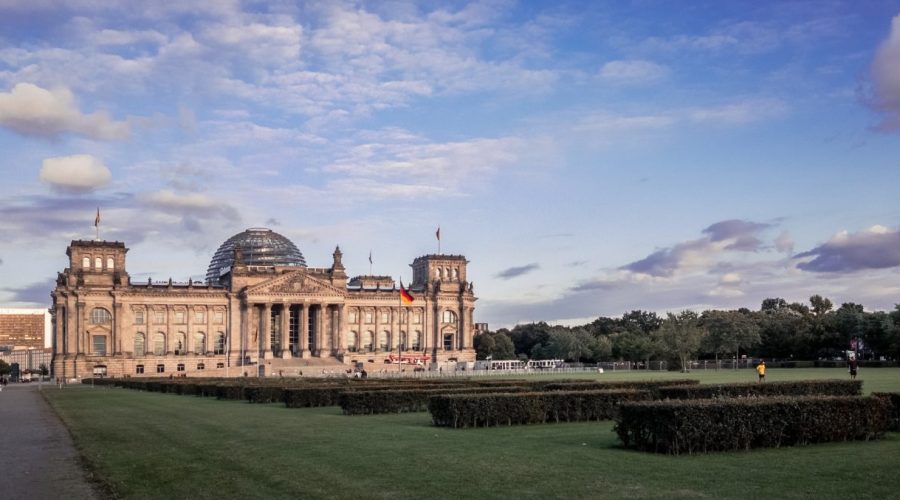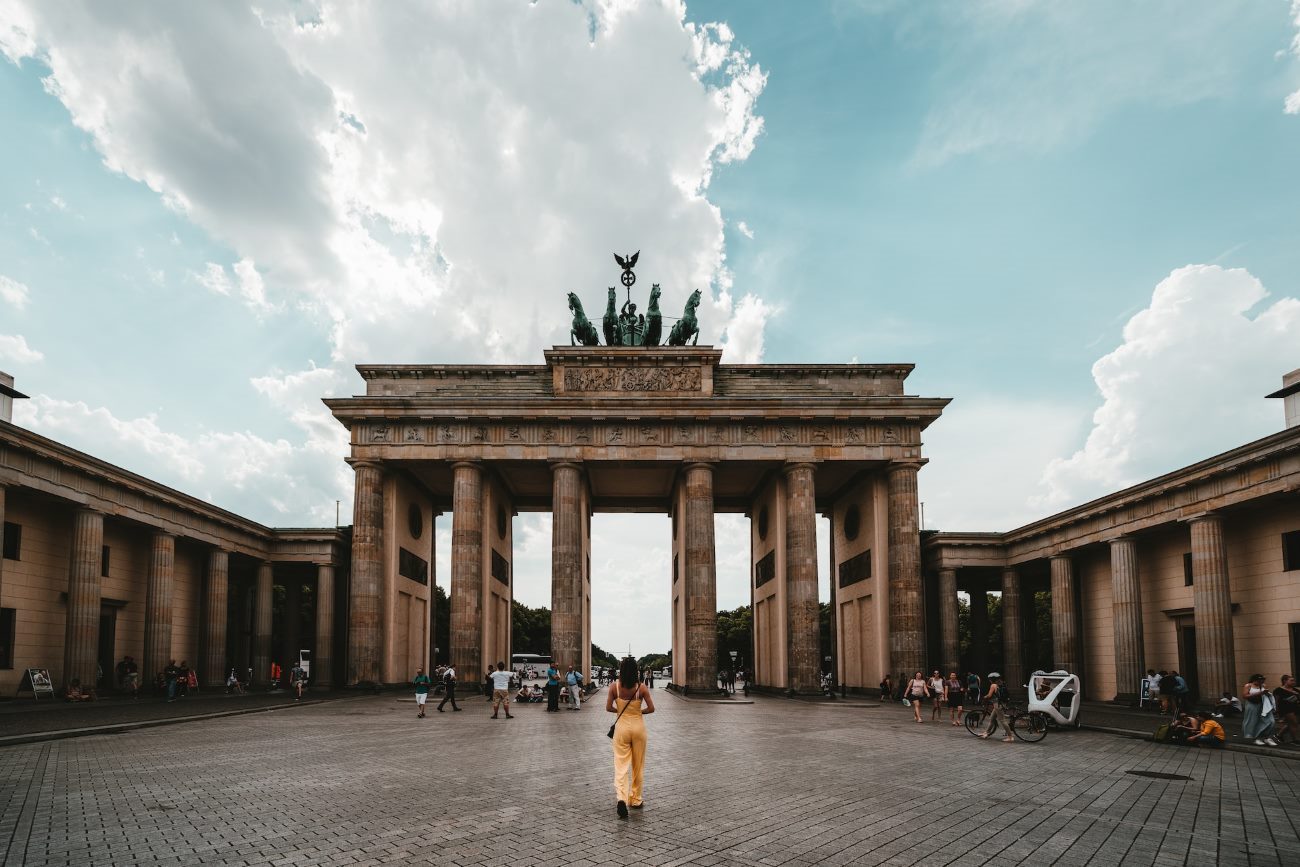Why Should You Take Educational Free Walking Tours in Berlin?
Visiting Berlin will become more engaging when you participate in educational free walking tours with experts. These tours give travelers a lively chance to move and gain valuable knowledge at the same time. Our guide will show you which free walking tours in Berlin deliver maximum education plus advice on selecting the best ones in town.
1. Learn from Knowledgeable Guides
The main benefit of taking free educational walking tours in Berlin is getting knowledge from expert tour guides. They are locals who understand Berlin’s historical background and cultural aspects of the city. Their love for the city enables them to explain Berlin’s history better than reading materials.
2. Explore Historical Sites
Berlin’s historical past stands at the center of most walking tours there. Tours let you see the most important landmarks of Berlin by visiting the Brandenburg Gate and seeing pieces of the Berlin Wall. When you are at these landmarks you develop better understanding of Berlin’s historical legacy while gaining insights into how this past shapes our present world.
2.1 Recommended Tour: Berlin Wall Tour
History learners must take the tour through Berlin Wall landmarks. Expert tour guides show you the former Berlin Wall path and share stories about its creation until its collapse during this trip. This tour shows the most significant Berlin Wall sites which include Checkpoint Charlie and East Side Gallery. Visitors find this tour deeply interesting because it shows how Berlin evolved during its most remarkable era.
3. Immerse Yourself in Local Culture
The free walking tours in Berlin offer guests a chance to understand local culture better. The local guide directs you to authentic features of Berlin that you would never find on your own. Berlin walking tours help you understand city arts while trying local food and learning basic German words.
3.1 Recommended Tour: Street Art Tour
The Street Art Tour lets visitors experience Berlin’s growing art world. The tour escort leads you to see vibrant urban art throughout Kreuzberg and Friedrichshain. Our local guide will teach you about both artists and cultural value of street art in Berlin.
4. Meet Fellow Travelers
Taking free walking tours in Berlin gives you both knowledge and exploration benefits as well as helps you discover other travelers worldwide. People who visit these tours share their enthusiasm for exploring historical destinations while experiencing German culture. Many vacationers who join you will become like-minded travel companions allowing you to create new bonds and set future trips.
5. Budget-Friendly Option
The name stands for educational free walking tours in Berlin that do not cost participants anything. A standard tip to your guide is given at the end to demonstrate your gratitude. Participants find these walking tours cost-effective and an outstanding choice because they help people travel on a small budget.
5.1 Tip: Research Before You Go
Check the tour company information before joining free Berlin walks because payment rules differ per operator. The tours may operate with restricted space and need advance reservations. Preparing in advance helps you access the tour without difficulty because you already have essential tour details to follow.
In Conclusion
Free historical tours through Berlin let visitors discover the city’s legacy while seeing its important places. You can find a walking tour to explore Berlin based entirely on your specific preferences. Prepare to enjoy great experiences by walking in Berlin when you arrive next.
Table of Contents



